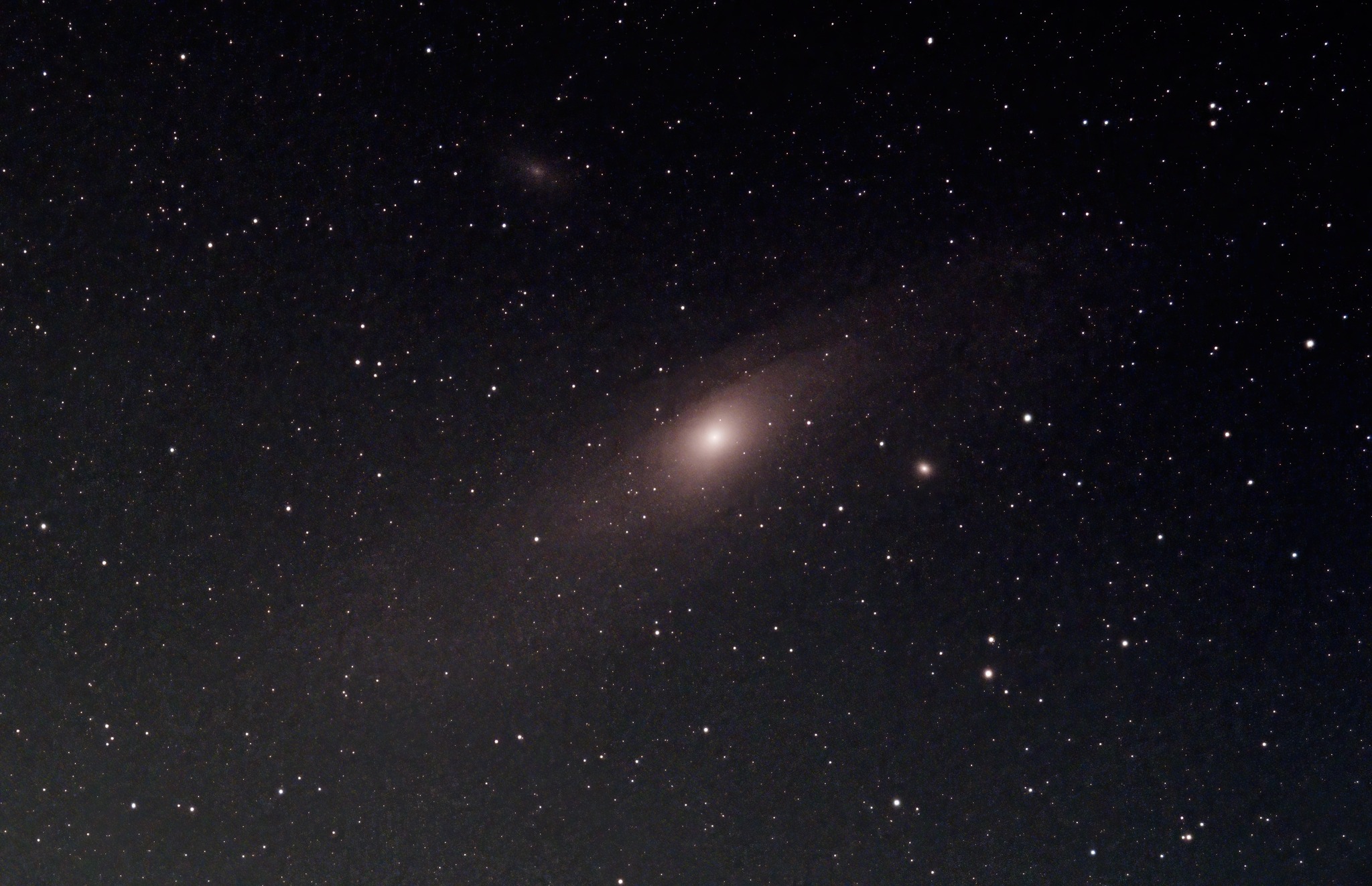Tonight, I was determined to finally give my William Optics Zenithstar 61 a whirl for some wide-field EAA (Electronically Assisted Astronomy). I've been neglecting this scope, mainly out of sheer laziness, as my SCT (Schmidt-Cassegrain Telescope) has been my go-to, meticulously calibrated instrument. Normally, I'm all about simplicity and avoiding the trial-and-error involved with untested setups.
Surprisingly, the setup went incredibly smoothly; I aligned the scope effortlessly. The wider field of view made things a breeze. While I couldn't get plate-solving to cooperate for some reason, I didn't dwell on it and quickly moved on, as everything was pretty much dead center in the camera sensor. Ah, I just realized while writing this that I forgot to change the focal length in SharpCap in the plate solve settings.
My first target was Bernard's E, also known as B 142 and B 143. It's a dark nebula tucked away in the constellation Aquila,

roughly 2,000 light-years distant. I had a great view of the nebula right away but then realized I'd forgotten to take my flats. After a quick detour to correct that, I returned to the nebula only to discover some odd banding in the image. Unfortunately, I hadn't taken an initial snapshot for reference, which could've satisfied my observation documentation requirements. So, I tinkered with settings for the next few minutes. Eventually, I ruled out any setup issues and concluded that light pollution, possibly from nearby Whittier Blvd. or my neighbor's floodlights (I was in my backyard this time), was likely causing the banding. I am also noticing that obstructions have a more drastic affect in the 61 than on my SCT due to its low magnification, so I wonder if the power lines above were actually causing the banding like when an object is setting behind a building? Either way, 30 minutes later, the banding had drifted out of the field of view, and I captured this shot without needing to stitch together multiple frames as I usually do with my SCT. Seeing the entire nebula in one frame was a real treat.
Next on my list was Albireo, paired with its blue companion, Beta Cygni B

- a double star in Cygnus. This target is better suited for the high magnification I get with my SCT, but I was curious if I could pick up the color differences in the two stars. Racing against approaching scattered clouds and eager to capture Andromeda before said clouds would obscure it, I didn't spend too much time on this target. I noticed that stacking was overexposing the image, so I decided to take a quick video, as if I were doing lucky imaging of a planet. I managed to capture the color differences of the two stars, but as evident, this target demands more magnification than the Z61 can provide. I plan to revisit it with the SCT on another outing.
And now, on to Andromeda. Until now, I had only been able to capture Andromeda

with my SCT, which required multiple stacks of different galaxy regions and post-processing stitching to capture the entire galaxy and its two companions. As fate would have it, just as Andromeda cleared the trees in my backyard, a pesky group of clouds

began looming on the horizon. As soon as it escaped the last tree branch, the clouds swooped in, obscuring it for the rest of the night. I did manage to grab about 90 seconds of it during a brief clear patch, and like with Bernard's E, it was incredibly satisfying to see the entire galaxy filling my camera's sensor.
Oh well, I have the rest of the year to pay another visit to Andromeda, so I'll have plenty of opportunities to capture a wide-field view of it and its companions, M110 and M32.
I thoroughly enjoyed using this setup and plan to take this scope out more frequently. I'm even considering getting a proper mount for it next year.